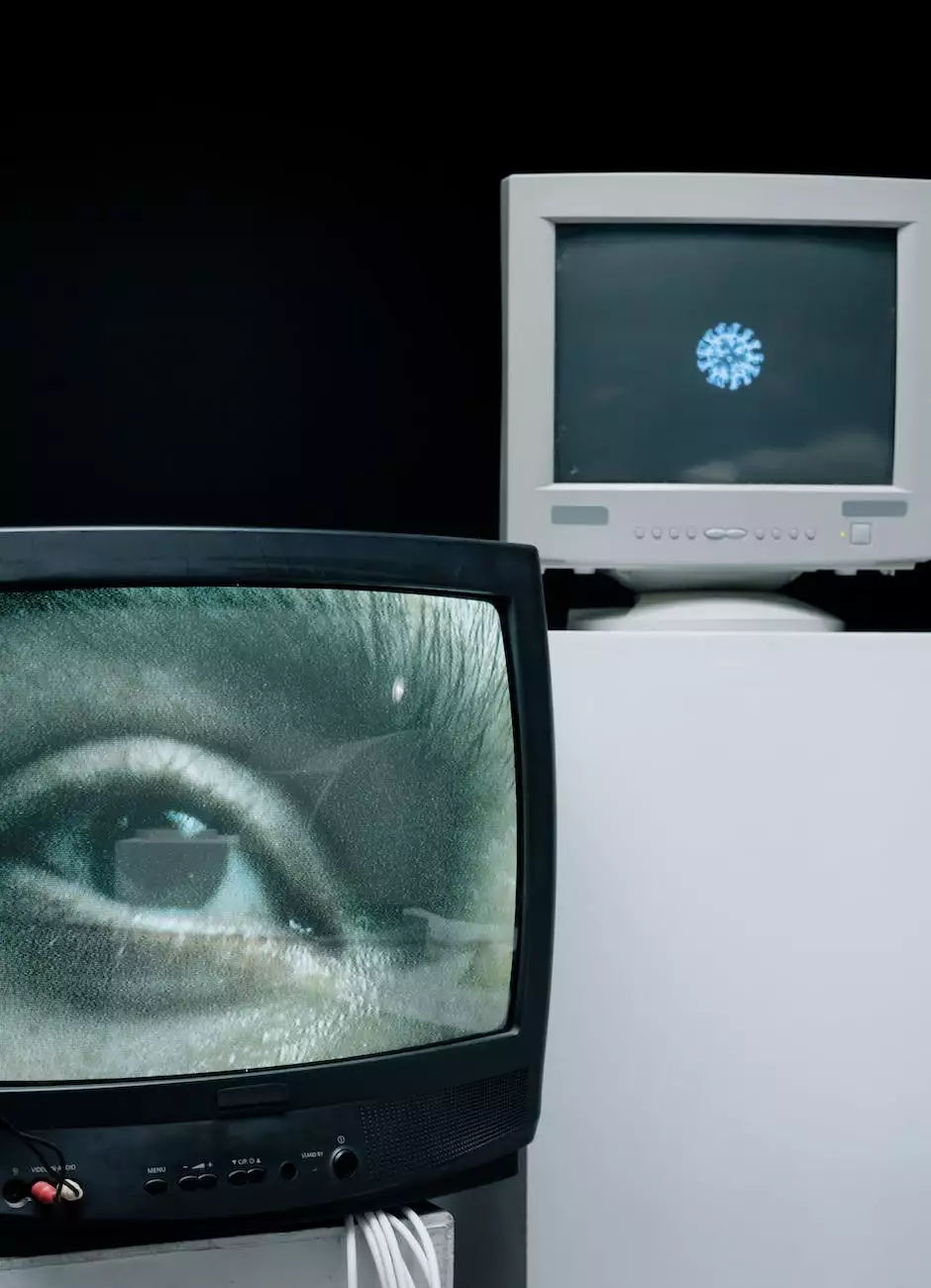Your Infant's Eye Development
Blog
Introduction
Welcome to Baron Rick W Dr's website, where we provide valuable information on your infant's eye development. As a trusted name in eye health, we understand the importance of proper visual development in the early stages of life. In this article, we will guide you through the intricate process of your infant's eye development and provide tips to ensure their visual health.
Understanding Infant Vision
Infant vision goes through significant changes during the first year of life. At birth, babies see the world in a blurry and monochromatic way. However, their vision gradually improves as they grow. By the age of 3 months, infants can start to see colors and focus on nearby objects. It is important to monitor their visual milestones to identify any potential issues early on.
Visual Milestones
During the first year, infants achieve various visual milestones that indicate the normal development of their eyes. These milestones include:
- Fixing and Following: By 2-3 months, infants should be able to visually track moving objects and turn their head towards interesting stimuli.
- Eye Contact: By 3 months, infants begin to make intentional eye contact and recognize familiar faces.
- Depth Perception: By 6-7 months, infants develop depth perception, which allows them to perceive the distance between objects.
- Hand-Eye Coordination: By 9-10 months, infants can accurately reach for objects and improve their hand-eye coordination.
Common Eye Conditions in Infants
While most infants have normal visual development, some may experience eye conditions that require attention. Here are a few common eye conditions that can occur in infants:
Strabismus
Strabismus, commonly known as cross-eyed or wall-eyed, is a condition where the eyes are misaligned. If left untreated, it can lead to poor depth perception and potential vision loss in the affected eye. Early detection and appropriate intervention are crucial for successful treatment.
Refractive Errors
Refractive errors, such as nearsightedness, farsightedness, and astigmatism, can occur in infants. These conditions affect the way the eyes focus on incoming light, resulting in blurry vision. Regular comprehensive eye exams can help identify and correct potential refractive errors in infants.
Tearing and Blocked Tear Ducts
Some infants may experience excessive tearing and a blocked tear duct. This can cause discomfort and increase the risk of eye infections. Gentle massage and warm compresses can often help resolve minor cases, but persistent tearing should be evaluated by an eye care professional.
Preserving Your Infant's Visual Health
Ensuring your infant's visual health is essential. Here are some tips to promote healthy eye development:
Regular Pediatric Eye Exams
Schedule regular pediatric eye exams with a qualified eye care professional. These exams can help detect any potential issues early on and ensure proper eye development.
Provide a Stimulating Visual Environment
Expose your infant to various colors, shapes, and stimulating visual stimuli. This helps promote visual development and strengthens their visual skills.
Take Care of Overall Health
Ensure your infant receives proper nutrition and overall healthcare. A well-balanced diet, regular physical activity, and good sleep habits contribute to optimal eye development.
Create Safe Visual Spaces
Make sure your home provides a safe and visually stimulating environment for your infant. Keep hazardous materials out of reach and encourage safe exploration of their surroundings.
Conclusion
Your infant's eye development is a crucial aspect of their overall well-being. By understanding the milestones, being aware of common eye conditions, and taking appropriate measures to promote visual health, you can contribute to their long-term ocular wellness. Remember, regular eye check-ups and a nurturing visual environment play a vital role in ensuring your infant's eyesight is on the right path. Trust Baron Rick W Dr, your dedicated partner in eye health, to guide you through the journey of your infant's eye development.




